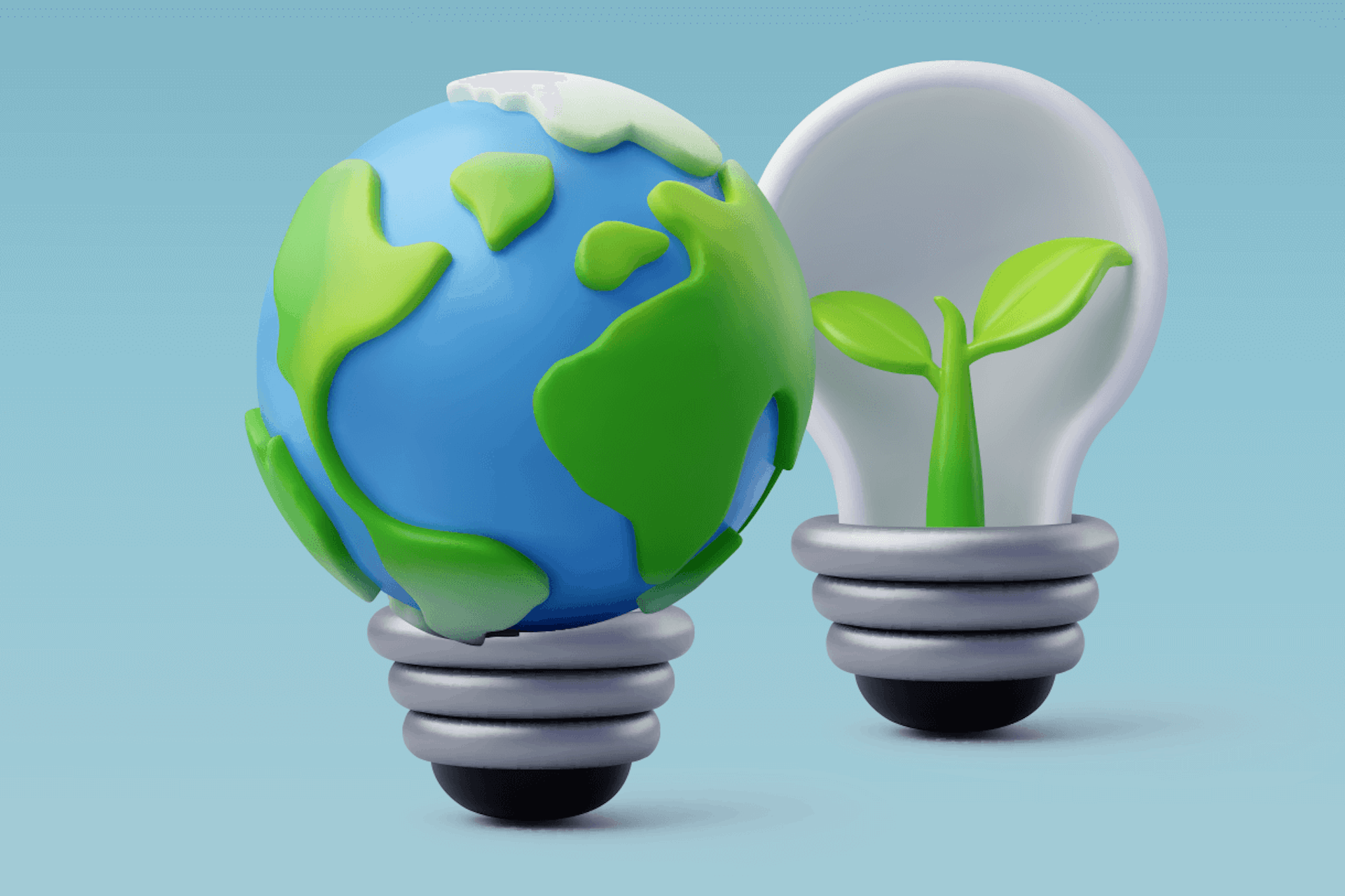Note: This blog is about the world’s largest grassroots movement, Earth Hour and how the Biggest Hour for Earth was tracked – produced in partnership with Meltwater and WWF Earth Hour. Find out more about Earth Hour’s Biggest Hour for Earth movement.
The impact of the digital revolution is no secret. Within the last 20 years, the use of digital technology has grown exponentially, from less than 7% of the world's population being online to more than 8 billion handphones across the globe. (That’s more handphones than people!)
And in the face of such rapidly changing digital climates, Earth Hour, the world’s largest grassroots movement, had to adapt as well. Gone are the days when it was simply about capturing the symbolic lights-out stunt. Today, WWF needs a more concrete way of demonstrating impact, and that comes through the digital movement.
With the seven-year goal crucial to determining whether we can halt and reverse nature loss and stay under the 1.5°C climate threshold, WWF uses Meltwater to understand and monitor the Earth Hour global campaign in an effort to make it bigger and more accessible every year.
Here’s how Meltwater helped bring the Biggest Hour for Earth to life:
1. Tracking a global grassroots movement with Meltwater
(Earth Hour 2023, Biggest Hour for Earth statistics)
Through Meltwater's media monitoring platform, WWF was able to track the popularity of its campaign, including the events and activities taking place all around the world. This year alone, Earth Hour has so far achieved more than 22,300 online/print media articles across 130 countries and territories, totaling a reach of more than 92 billion. The highest rates of coverage were in China, the United States, Germany, and Vietnam.
There were articles about new initiatives in support of Earth Hour, like “Cyrusher Supports Earth Hour Campaign By Encouraging Cycling'' in the United States. Some pieces centered on famous landmarks, like the Brandenburg Gate in Berlin, switching off. Others weaved Earth Hour into local news, discussing lowered carbon emissions and a new cycling trend in Shenzhen, China. News outlets in Vietnam also reported how Earth Hour was the starting point for realizing the country’s commitment to reducing greenhouse gas emissions.
Just by skimming through and understanding the articles of each country/region, WWF was able to identify what was of central importance to the media outlets in each place. Those insights will help in planning future events and will provide even more specially catered and relevant information for WWF’s global teams and partners.
Using Meltwater, WWF was also able to better understand the campaign’s visibility and reach on various social media platforms, including Twitter and Instagram. The team tracked key metrics and used alerts to monitor spikes in mentions in real-time.
2. Translations at the click of a finger and worldwide reach
(Meltwater tracking - top countries media reach)
The Boolean search feature was extremely useful in tracking global mentions. It allowed WWF to easily search for keywords, like “Earth Hour”, translated into many different languages — including “Hora del planeta” in Spanish or “地球一小时” in Mandarin — to get a true global pitch of all relevant media coverage.
Likewise, the “translate” button on Google enabled WWF to easily read through the articles once they were picked up in different languages. The team was able to then compare reach in each country, find out how mainstream Earth Hour is, and improve its understanding of how the campaign lands in different cultures and contexts, particularly in Asia, Africa, or Latin America.
(A screenshot of Boolean searches from Meltwater's social listening platform.)
3. Global team, global support
But, the best thing about Meltwater has got to be its high level of customer service. Its chatbot provides easy access to…wait for it…real people, providing answers to questions quickly, typically within a few minutes.
For WWF’s global team, working across several time zones, this meant getting help anytime, anywhere while also having the ability to see what the rest of the team was concerned about.
Using these functions, on the 25th of March 2023, at 8:30 pm, when WWF rallied millions of people around the world to take 60 minutes out of their day to do something positive for the planet, the organization was able to track the #BiggestHourForEarth. Everyone gathered under one unifying moment to switch off from daily habits and distractions to give an hour for Earth. This was replicated by individuals around the world and turned a singular hour into thousands and millions of hours of action.
Earth Hour aims to be a beacon of hope, building on the great work of past generations and inspiring a brighter future for us all. Meltwater insights help WWF to understand the reach of each message so that it can continue to grow this global campaign year-on-year.
Can an hour really make a difference? It might only be one hour in our day, but it symbolizes the actions of millions, and the commitment of millions more to restore our planet.
It’s a start. And it’s up to all of us. With Meltwater, WWF has the data it needs to make Earth Hour a continued success.
